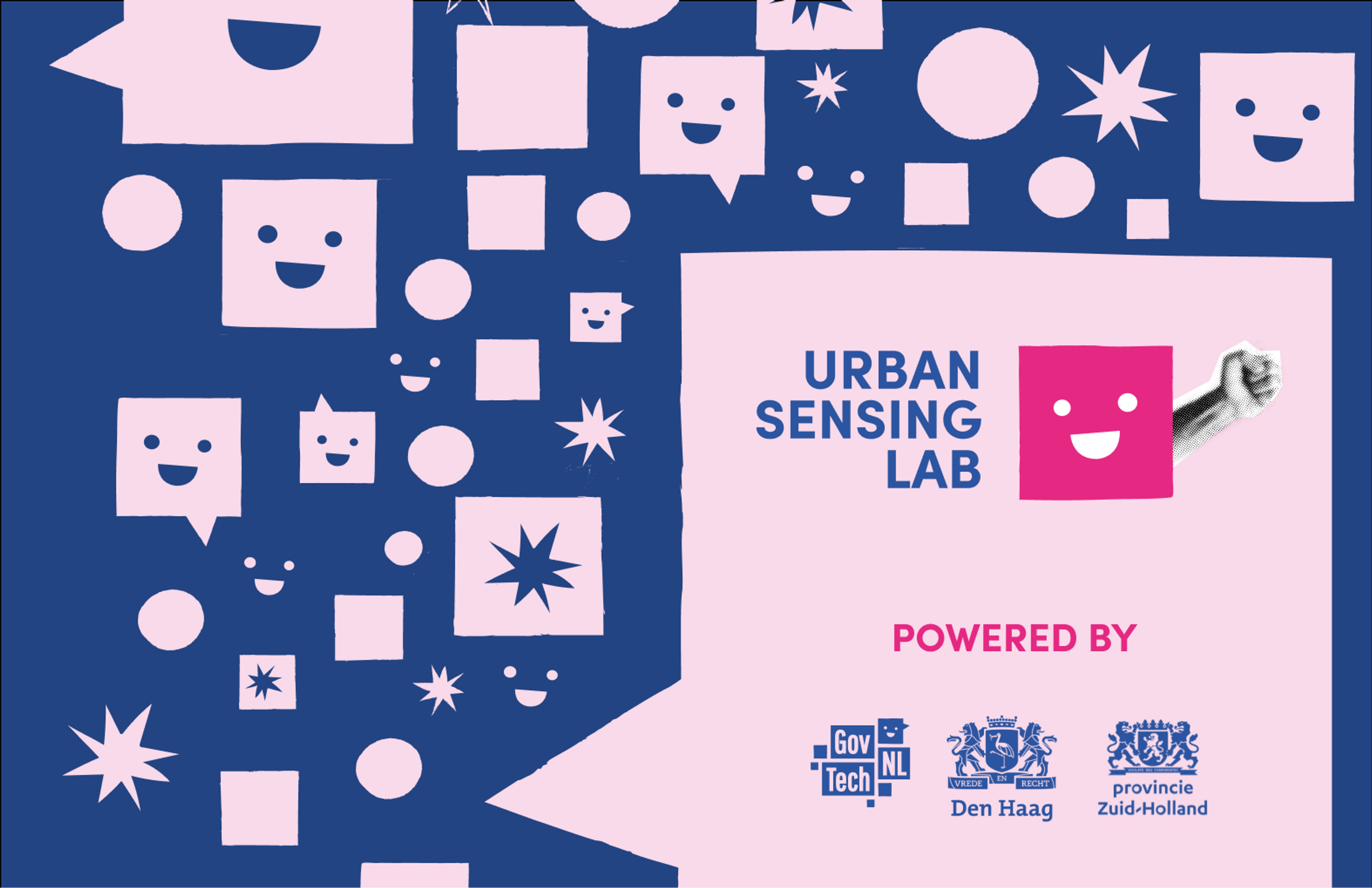
July 17, 2024
Business out of balance and how to restore it
#womeninventures
#post-growth
#masculine values
#feminine values



Ana-Maria Cojocaru
Writer
Share
Business out of balance and how to restore it: Using the power of femininity to improve the business space of the future
What if we told you that gender equality is neither a “nice extra” to have, nor a women’s-only battle, but the key to bettering today’s business spaces, and a fight that all, men included, would benefit from winning? The struggle for gender equality is a struggle for balance, and balance demands for the inclusion of femininity - for the wellbeing of all. But what is femininity, to be more precise, and why is balance so important? Let us unpack these concepts together, and learn why growth is strongly related to femininity and masculinity - and how we can harness these ideas to visualize the better, in-balance future of the business space.
First, it is important to note that femininity and masculinity do not refer to men and women. The concepts of femininity and masculinity should not be used as tools for gender segregation, nor should they be cheapened into stereotypes. Instead, you can see masculinity and femininity as a collection of values, traits and behaviors that we all have, to varying degrees, regardless of gender identity. This is in no way an entirely new concept – take, for example, Carl Jung’s concept of the Anima and Animus, or feminine, respectively masculine elements that are part of us all. Though Jung’s work may not necessarily mesh well with current political discussions on gender, his theory of the Anima and Animus is an early acknowledgment of our dual nature, and of the importance of accepting one’s femininity, as a man, and vice versa for a woman. Quite similar to Jung’s perception of what the Anima and Animus each entail, we can see feminine values as those centered around empathy, intuition, collaboration and circularity, and masculine values as those leaning towards competitiveness, assertiveness, action-taking, and linearity.
Femininity and masculinity are a collection of values, traits, and behaviors that we all have to varying degrees, regardless of gender identity.
As part of his Anima and Animus theory, Jung also conceptualized what masculinity without femininity looks like: isolation, with too little focus on nurturing relationships, greediness, and a strong desire for external validation, at all costs. Similarly, femininity without masculinity can turn into bullying, a desire to seize total control, and an inability to effectively relate to others. Though, once again, Jung’s theories are best when thought of critically, it is difficult not to notice a correlation between these traits and current growth-defined entrepreneurship spaces. Growth is most commonly seen as profit: if the numbers go up, then we can say that a business “has grown”. This linear understanding of economic growth has also embedded itself in our understanding of personal growth, which is performance-focused. This definition of growth, that rules both our professional and personal lives, is not a masculine one, but a hypermasculine one – because a healthy, truly masculine take leaves space for and, most importantly, needs a feminine counterpart to co-exist alongside it. Though men-dominated environments are more commonly found than women-dominated ones, similarly, a hyperfeminine space would be just as undesirable. The natural state of any space, including the business space, is a balanced one. The relentless pursuit of growth, in the most linear sense, imposes a unidirectional perspective that disturbs this balance. Equilibrium thrives off of pluralism and acceptance of opposites within the same space.

Post-growth is a school of thought which proposes an alternative to the hypermasculine business space, by suggesting a different approach to how we see growth. There is a limit past which linear growth turns into its opposite. By consuming all resources to maintain growth, we achieve the opposite of it, as we have depleted ourselves of the very material that fueled this growth. A different perspective sees growth as a balance between doing and maintaining, competing and collaborating. Post-growth, in essence, adds nuance to the “winner takes all” attitude to growth by speculating that the real winner, after all, is not necessarily the one who ranks first, regardless of costs. Instead, the real winner may actually be the one who uses their resources wisely, with an awareness of the limits past which chasing profit starts to negatively affect the wellbeing of all. Such nuance implies the integration of feminine values alongside masculine values in the business space: being empathetic and a kind listener to all, being accepting and allowing for interdependence and collaboration, nurturing what you already have as opposed to always focusing on creating something new. This also has a positive impact on masculinity in business – for example, integrating feminine values inspires a healthy and fructuous sense of competition, as opposed to its bitter, destructive counterpart. Once again, it is all about the balance of the two.

Lastly, we cannot discuss femininity in business without also touching on the subject of women in business. Though you cannot equate femininity to womanhood, it is undeniable that there is an intimate relationship between the two, be it even just a socially defined one. According to UNWomen, women still face gender-specific challenges in the entrepreneurship cycle, with women’s rate of involvement in start-ups being only 80% of men’s, and their established business rate being 68% of men’s rate, as per a 2022 study published in the Global Entrepreneurship Monitor. That means that women face issues not only starting a business, but also maintaining it and securing a stable position in the business cycle. Another study, also published in the Global Entrepreneurship Monitor, found out that women’s entrepreneurship rates are, perhaps curiously, higher among women in low- and middle-income countries, where other job options are scarce. Entrepreneurship should not be a last resort for women – and women should not have to create women-only spaces to find feminine values and traits fully accepted and supported. To create an impact-focused entrepreneurship environment, it is important to focus on creating business spaces where women – and feminine values – are integrated, cherished and appreciated, right alongside masculine values – not apart from them. Once again, achieving the balance between masculine and feminine values is crucial to create an inclusive and impactful business environment, and world.
The struggle for gender equality is a struggle for balance, and balance demands inclusion of both masculinity and femininity.
As an ending note, it must be mentioned that this article itself is proof that feminine and masculine values cannot exist without each other. Making space for feminine values in a hypermasculine environment is, in itself, a masculine act of “doing” and “creating”. Femininity and masculinity seamlessly mesh with each other – and by refusing to acknowledge that, we are creating unhealthy, out-of-balance spaces in both our personal lives and in business. Changing this is in our hands, so let’s focus on re-defining growth in a way that allows for both masculine and feminine to work together; let’s listen as much as we speak, collaborate as much as we compete, nurture as much as we create, and allow as much as we protect. Making space for femininity in business will not only ensure that women have better support and opportunities in entrepreneurship, but it will also help businesses focus on creating a genuine impact and growing healthily and sustainably - as opposed to simply growing quickly and linearly.
Sources:
Economic empowerment facts and figures - UN Women
The archetypes of the anima and animus - The Centre Of Applied Jungian Studies
On balancing modern masculinity and femininity in business - Psychology Today
Written By
WorldStartup

Share
More stories
Meet SPAIA: Protecting the tiny creatures that keep nature in balance
#basecamp
#biodiversity
#sustainability

A Story of Growth and Innovation: Rendair's Journey to Simplifying 3D Design
#basecamp
#architecture
#innovation

Green Habit: Revolutionising Sustainable Living with AI
#basecamp
#AI
#sustainability

Changemaker Day 2024
#events



